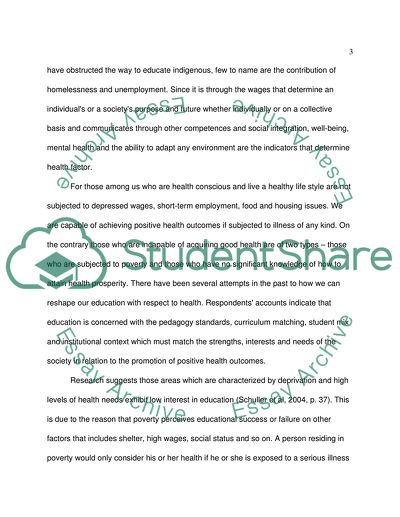Cite this document
(Australian Public Health Policy Coursework Example | Topics and Well Written Essays - 2500 words, n.d.)
Australian Public Health Policy Coursework Example | Topics and Well Written Essays - 2500 words. Retrieved from https://studentshare.org/social-science/1721422-public-health-policy-and-society
Australian Public Health Policy Coursework Example | Topics and Well Written Essays - 2500 words. Retrieved from https://studentshare.org/social-science/1721422-public-health-policy-and-society
(Australian Public Health Policy Coursework Example | Topics and Well Written Essays - 2500 Words)
Australian Public Health Policy Coursework Example | Topics and Well Written Essays - 2500 Words. https://studentshare.org/social-science/1721422-public-health-policy-and-society.
Australian Public Health Policy Coursework Example | Topics and Well Written Essays - 2500 Words. https://studentshare.org/social-science/1721422-public-health-policy-and-society.
“Australian Public Health Policy Coursework Example | Topics and Well Written Essays - 2500 Words”, n.d. https://studentshare.org/social-science/1721422-public-health-policy-and-society.


